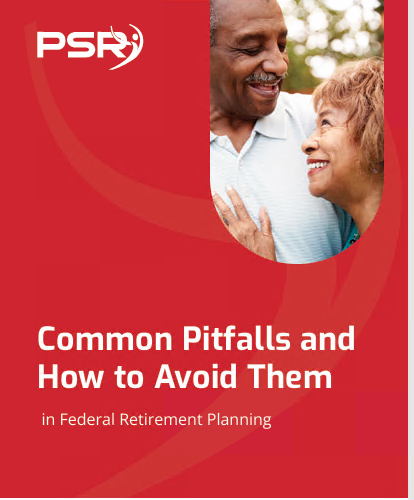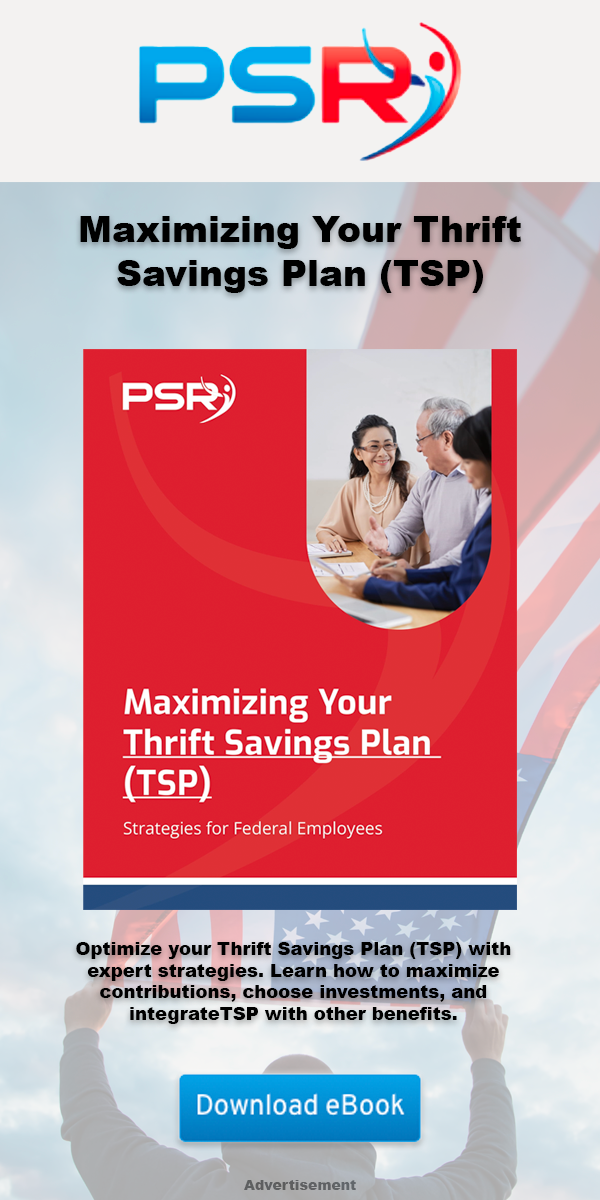Key Takeaways
-
Lifecycle funds in the Thrift Savings Plan (TSP) simplify retirement investing by automatically adjusting asset allocation based on your expected retirement date.
-
These funds offer a hands-off approach to investment growth and risk management, making them an attractive choice for federal employees planning their financial future.
Understanding Lifecycle Funds: A Simplified Investment Path
- Also Read: FAA, Law Enforcement, and Special Federal Employee Categories—Here’s What Makes Their Retirement Unique
- Also Read: Blending Private and Public Sector Retirement Plans Is Complicated—Here’s Where Couples Get It Wrong
- Also Read: The Silent Shift in Postal Service Retirement Benefits That Could Change Everything by 2026
What Are Lifecycle Funds?
Lifecycle Funds are target-date retirement funds available to TSP participants. Each fund is designed for investors planning to retire in a specific year or range of years. For instance, if you’re planning to retire around 2055, you might consider the L 2055 Fund.
These funds follow a “glide path,” meaning their asset allocation shifts over time. Early in your career, they lean heavily toward growth-oriented investments like stocks. As retirement approaches, the fund gradually prioritizes stability with safer assets like bonds and government securities. By the time you retire, the fund’s risk is minimized to preserve your hard-earned savings.
The Appeal of Lifecycle Funds
Lifecycle Funds’ popularity among TSP investors has surged, and it’s easy to see why. Here’s what makes them so appealing:
1. Ease of Use
These funds are ideal for anyone who wants a set-it-and-forget-it approach. Once you choose a fund based on your retirement timeline, the TSP handles the rest—adjusting your portfolio over time to ensure it aligns with your goals.
2. Automatic Diversification
Diversification is a key principle of investing, and Lifecycle Funds make it effortless. Each fund invests in all five TSP funds (G, F, C, S, and I), balancing risk and return potential.
3. Professionally Managed Allocations
Lifecycle Funds use professional guidance to determine the optimal mix of stocks, bonds, and other assets. This ensures your investments stay on track as market conditions and your retirement timeline evolve.
4. Cost-Effective Investment
Unlike private-sector mutual funds, TSP funds have some of the lowest administrative costs in the industry. This allows you to retain more of your investment returns over time.
How Lifecycle Funds Work
Lifecycle Funds operate on a simple concept: start aggressive and end conservative. Here’s how they’re structured:
-
Early Career (High Growth) When you’re decades away from retirement, Lifecycle Funds prioritize higher-risk, higher-reward investments like stocks. This is the stage where your portfolio aims for maximum growth.
-
Mid-Career (Balanced Growth and Stability) As you approach the midpoint of your career, the fund begins to shift toward a balanced mix of growth and stability. Bonds and other low-risk investments are introduced.
-
Late Career and Retirement (Capital Preservation) In the years leading up to and following retirement, Lifecycle Funds focus on protecting your savings. By this stage, the majority of the fund’s assets are in government securities and bonds.
Lifecycle Funds reach their most conservative allocation approximately 10 years after the target retirement date. For example, if you choose the L 2040 Fund, it will reach its final allocation around 2050.
Choosing the Right Lifecycle Fund
Selecting the right Lifecycle Fund is simple: match the fund’s target date to your expected retirement year. TSP offers a variety of options, ranging from the L Income Fund for those already in retirement to funds targeting future dates like 2050 or 2065.
Consider Your Risk Tolerance
While Lifecycle Funds adjust their risk over time, it’s essential to ensure their default strategy aligns with your comfort level. If you prefer a more conservative approach, you might consider a fund with an earlier target date.
Reassess Periodically
Life changes, and so can your retirement plans. It’s a good idea to periodically review your chosen fund to ensure it still fits your goals. However, frequent changes can disrupt the fund’s intended strategy, so aim to make adjustments only when necessary.
Pros and Cons of Lifecycle Funds
Advantages
-
Hands-Off Management: No need to monitor or rebalance your portfolio.
-
Built-In Risk Management: Automatic adjustments reduce risk as retirement nears.
-
Low Fees: TSP’s cost structure ensures more of your money stays invested.
-
Accessibility: Open to all federal employees and members of the uniformed services.
Potential Drawbacks
-
Limited Customization: These funds follow a pre-set allocation strategy, which may not suit everyone.
-
Conservative End-State: For retirees seeking continued growth, the conservative nature of these funds post-retirement might not align with their goals.
Maximizing Your Lifecycle Fund’s Potential
To get the most out of your Lifecycle Fund, consider these tips:
Start Early
The earlier you invest, the more time your money has to grow. Compound interest works best over long periods, so even small contributions in your 20s or 30s can lead to significant growth by retirement.
Contribute Consistently
TSP contributions can come directly from your paycheck, making it easy to build your retirement savings. Aim to contribute at least enough to take full advantage of any employer match, if applicable.
Stay the Course
Market fluctuations are inevitable, but Lifecycle Funds are designed to weather these ups and downs. Resist the urge to make changes during market downturns; instead, trust the fund’s long-term strategy.
Common Questions About Lifecycle Funds
Can I Combine Lifecycle Funds with Other TSP Funds?
Yes, but it’s generally not recommended. Lifecycle Funds are designed as standalone investments with a diversified strategy. Adding other TSP funds can unintentionally disrupt this balance.
What Happens If My Retirement Plans Change?
If you’re retiring earlier or later than expected, you can switch to a different Lifecycle Fund at any time. Keep in mind that each change resets the fund’s glide path.
Are Lifecycle Funds Right for Everyone?
While they’re an excellent choice for many, Lifecycle Funds might not suit investors with unique financial goals or those seeking greater control over their portfolios. In such cases, a mix of individual TSP funds might be a better option.
The Bigger Picture: Lifecycle Funds in Federal Retirement Planning
For federal employees, TSP is a cornerstone of retirement savings. Lifecycle Funds complement this system by providing a simplified investment option tailored to different stages of life. Whether you’re just starting your career or approaching retirement, these funds offer a reliable way to grow and protect your savings.
Federal employees under the Federal Employees Retirement System (FERS) can also combine their TSP savings with Social Security benefits and the FERS annuity. This three-part retirement package can provide a stable income in retirement, and Lifecycle Funds play a crucial role in ensuring your TSP contributions are optimized.
Wrapping Up Your Retirement Plan
Lifecycle Funds are a game-changer for TSP participants who want a straightforward approach to retirement investing. By aligning your investment strategy with your retirement timeline, these funds take the guesswork out of planning. With professional management, built-in diversification, and a clear glide path, Lifecycle Funds simplify the journey toward financial security.













